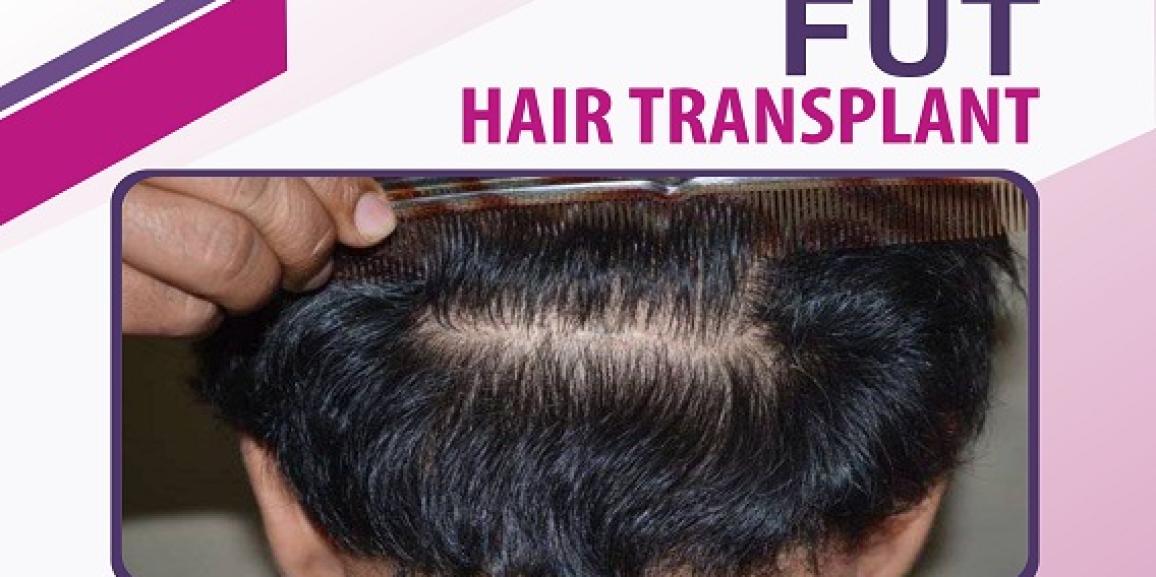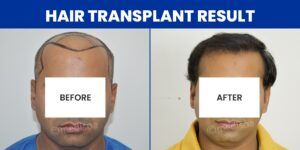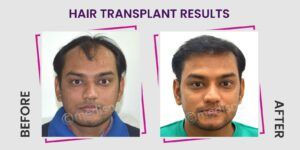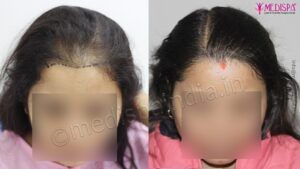
The hair transplant is the only procedure that can effectively conceal baldness permanently, which is why it is gaining popularity. Its ability to produce natural-looking results, making it difficult for others to suspect any surgical intervention, is one of the key factors contributing to its success. It is truly remarkable to achieve such natural-looking and long-lasting outcomes.
However, many individuals still hesitate when considering a hair transplant due to the extensive research and effort required to find the right clinic and doctor for the procedure. Making the decision to undergo the operation is just the first step in a series of considerations. As the planning process unfolds, you may come across various uncertainties and concerns related to the treatment, which can be addressed during your initial consultation with a skilled hair transplant specialist.
India has gained significant recognition in the field of hair transplant industry. It has emerged as a popular destination for hair transplant tourism, offering high-quality procedures at affordable costs. Nowadays, people from all over the world prefer visiting India for their hair transplant treatment. Notably, cities like Delhi and Jaipur are renowned for their exceptional hair transplant services. Both domestic and international patients choose these cities for their hair transplant procedures. Jaipur, in particular, has been a hub for hair transplant treatments for several decades, with some surgeons setting a benchmark for excellence for hair transplant in Jaipur.
Medispa hair transplant clinic is highly regarded as the premier destination for hair transplant tourism in India. Our clinic offers top-notch hair transplant services and state-of-the-art facilities at a reasonable price. If you are in search of the finest hair transplant services, make sure to schedule your appointment at Medispa clinic in either Delhi or Jaipur.
Hair transplant procedure
A hair transplant is a minimally invasive procedure that can be completed in one session, with additional sessions if needed for individuals with significant baldness or progressive hair loss. The entire process consists of several steps:
- Depending on the chosen hair transplant procedure, the hair is either cut or shaved.
- Local anesthesia is administered to both the donor and recipient areas.
- Follicular units, which consist of grafts and surrounding tissues, are extracted from the donor site. There are two methods for harvesting grafts: FUE and FUT hair transplants.
- Slitting is performed with the recipient location’s hairline design in mind, preparing it for transplantation.
- Hair follicles are transplanted into the prepared slits at the recipient site.
- Detailed aftercare instructions are provided.
- Follow-up appointments are scheduled.
At the Medispa hair transplant clinic, strict safety and hygiene protocols are followed to ensure the elimination of risks and problems. Dr. Suneet Soni, a highly skilled plastic surgeon, performs each procedure under close loop magnification to protect the transplanted hair and achieve natural-looking results. He is renowned as one of the top hair transplant surgeons in India due to his exceptional surgical abilities and remarkable aesthetic vision. Additionally, India offers affordable prices for hair transplants, which is great news for patients seeking this treatment.
Technique employed to perform hair transplant
In this era of modernity, where advancements in every field are at their peak, hair transplantation is also benefiting from the infusion of state-of-the-art technology in order to elevate the standards beyond those of the past. We have now reached a point where we can offer the best possible results that appear completely natural. With the increasing awareness among the general public, the term “hair transplant” has become familiar to everyone, referring to a surgical procedure that involves moving hair follicles from one part of the scalp (known as the donor area) to another (recipient area). There are two main techniques available for hair transplantation, each differing in the way hair follicles are extracted.
The first technique is FUT (Follicular Unit Transplantation), also known as the strip procedure. This method involves cutting a narrow strip from the donor area, typically located at the back and sides of the head. The strip is then transported to a graft segregation chamber where individual grafts are separated. These individual follicular units are then used to cover the recipient’s bald region.
The second technique is FUE (Follicular Unit Extraction) hair transplant. With this method, individual hair follicles are extracted from the donor area, usually located at the back and sides of the head, and transplanted to the recipient’s bald area.
Both of these methods have their own limitations and indications, and they are used to guide patients based on their specific needs. When performed by skilled professionals using cutting-edge technology, both approaches yield remarkable results. Therefore, there is no definitive approach that is preferred over the others; rather, the optimal procedure for a given situation depends on the surgeon’s informed decision.
Benefits of FUT hair transplant
During the consultation, the doctor will carefully examine the extent of hair loss and provide you with advice on the most suitable technique. Each hair transplant technique is recommended based on factors such as age, gender, level of baldness, number of hair grafts required, hair density in the donor area, and the quality of the hair grafts.
The FUT hair transplant procedure offers several advantages over the FUE technique. Below are listed numerous benefits of the modern FUT hair transplant technique.
- The FUT technique allows for the harvesting of a higher yield of hair roots, typically around 3000 – 3500. This makes it particularly suitable for individuals with advanced baldness who require a single session.
- In FUT hair transplant, the hair grafts are harvested from a smaller area, which helps preserve the donor site for future sessions.
- This technique significantly reduces the rate of hair graft damage to zero, as the procedure is performed with proper vision and high magnification.
- If the donor area is sufficient, the FUT technique enables maximum hair coverage to be achieved.
Please note that the FUT hair transplant procedure offers numerous benefits compared to the FUE technique.







